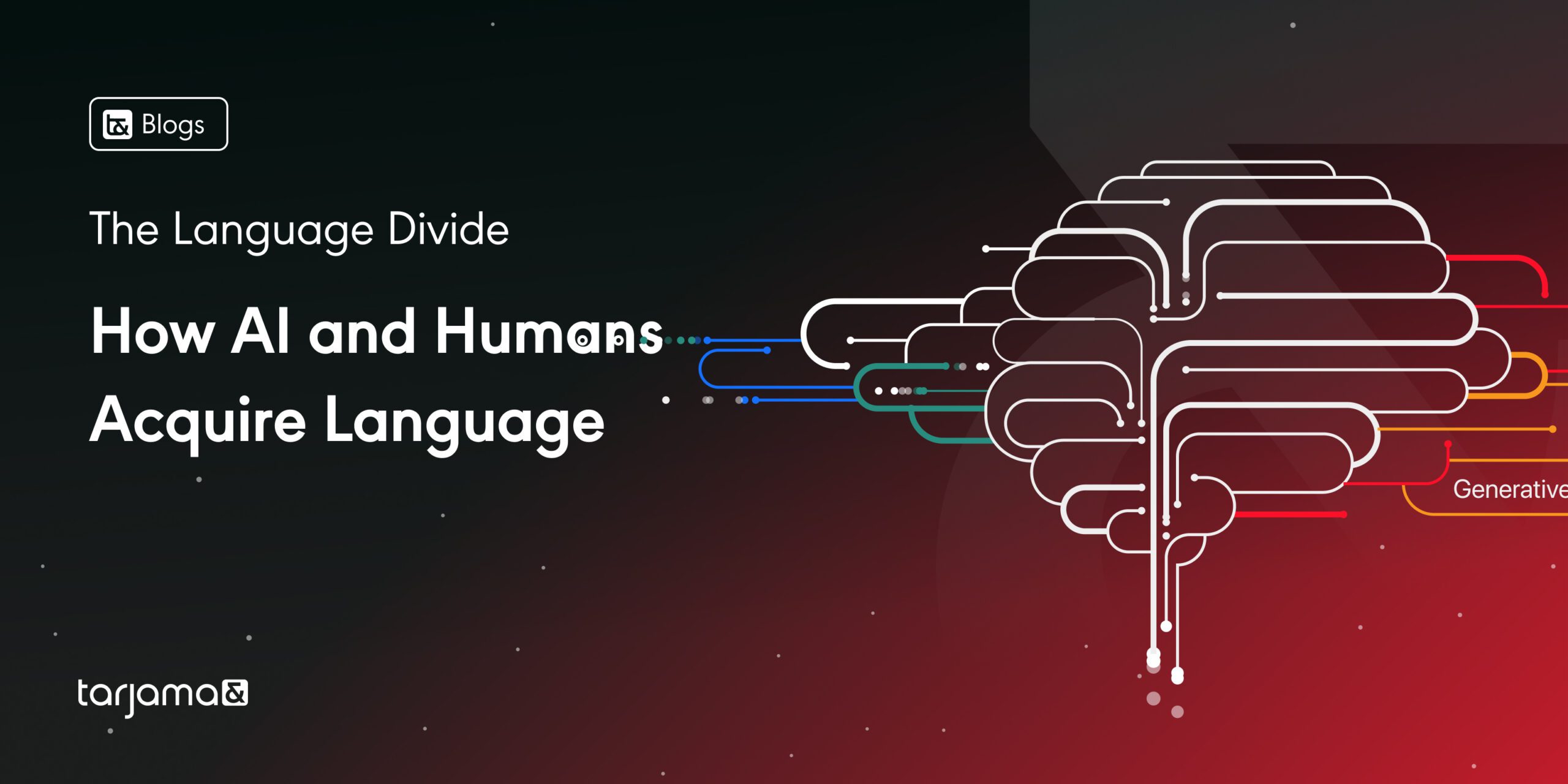One of the keys to success in the rapidly developing and changing marketing industry is now hyper-localization. However, this approach comes with many challenges: You have to establish the necessary technology to analyze big data and track changes in customers’ preferences while racing against time.
You don’t have to worry, though. There are methods to assist you in overcoming all obstacles. Let’s clear what hyper-localization is and then discuss how to implement it into your business.
What Does It Mean to Hyper-Localize?
Hyper-localization creates personalized content, using big data and research analytics to address customers segmented according to regional preferences, demographics, and personal interests. It takes localization to the highest level by adding personalization to every marketing activity.
Hyper-localized content addresses consumers on the most personalized level. This type of content is explicitly created for their current preferences and situation-related needs in real-time. It should be personalized so that the content appears to be exclusively produced for that individual.
Personalization is the Key
Doing extensive research and using big data underlie hyper-personalized marketing, as customers are becoming increasingly demanding. The future of marketing is all about personalization. According to a study by Segment, 44% of customers would buy from a brand regularly if they were offered a personal experience. In comparison, 71% stated that they have already had frustrating experiences that made them feel insignificant.
For marketers, this level of precise attention means enormous workload and, with conventional methods, simply an impossibility.
Operating with AI is Essential
The preparation and organization of the changes are only the beginnings if you want to use AI optimally. Data integration is an even bigger problem; especially that most marketers assemble their databases using different automation tools. This leads to the failure of big data integration. Even the best data collecting systems in the world have problems creating suitable product recommendations when important data streams – such as shopping behavior in many industries – get stuck in remote databases.
On the way to the hyper-localized future of the marketing industry, customer data is the fuel for an unprecedented level of improved customer experience. For years, marketers have struggled to collect the necessary data, analyze it, select the relevant information, and make it usable. Advanced AI technology means a turning point. It relieves marketers of the heavy workloads and enables one-to-one marketing that was never thought possible before.
But nowadays, the new generation of AI engines specially designed for marketing provides the exact tools that marketers need to implement hyper-localized content creation initiatives. This fact is particularly noticeable in sales: Online shopping market leader Amazon uses advanced AI technology to generate personalized product recommendations that converse into 35% of its sales.
A critical advantage for Amazon is the company’s own data ecosystem, which records vast amounts of customer data on interests, preferences, and shopping behavior – and feeds the AI engine as a basis for product suggestions.
In this context, AI technology solves one of the most critical problems in contextual marketing: More and more customer data is being available every second, but marketers face the immense localization task of turning an overwhelming amount of customer data into hyper-localized content and personalization of customer relations.
Today, marketers use hyper-accurate segmentation of AI engines instead of manually setting customer segments based on templates. In this way, you can address each segment with personalized approaches. Providing improved customer experience also goes beyond assumptions and practices from previous marketing methods: AI technology allows dynamic adaptation of actions during the runtime of a marketing practice based on current customer data in real-time.
Hyper-Localize Product Recommendations
Algorithms created by big data process enormous volumes of data and generate personal product recommendations for each customer based on current behaviors and known preferences. In addition to specific behaviors, databases also include statistical calculations and products noted by customers on wish lists.
Product recommendations can be implemented in real-time on all communication channels to offer personalization with omnichannel reach as a decisive advantage of hyper-localization. Regardless of whether it is e-mail messages, visuals on a website, or push notifications on mobile devices, your content should always be unique and up to date. Personalization practices require complete control over which recommendations a customer receives based on which exact behavior.
Customer Data is Invaluable
More and more marketers are rediscovering Customer Data Platforms (CDPs) as solutions for problems in data architecture, integration, and reliability. CDPs are specially designed for the needs of engagement marketers and focus on reliable first-hand data. CDPs can also integrate and verify data from third-party providers and organize the relevant information to create customer profiles.
The more data you have, the better because it means the personalization features you use are becoming even more precise. Nevertheless, with very little data from a person, for example, just one click on a website, you can get enough information to form a certain degree of localization, such as anonymous or context-specific content recommendations.
These relatively simple hyper-localization practices in marketing are just the beginning. Once you adapt to operate successfully with experts provided with AI technology, you can implement hyper-personalized marketing initiatives that the industry has long dreamed of.
At Tarjama, we have over a decade of experience in the language and tech industries, using advanced AI machine learning to offer smart solutions that can change your business altogether. Our linguistics experts translate, localize, edit and create content in over 55 languages. To optimize your content marketing strategy, do not hesitate to contact us!







